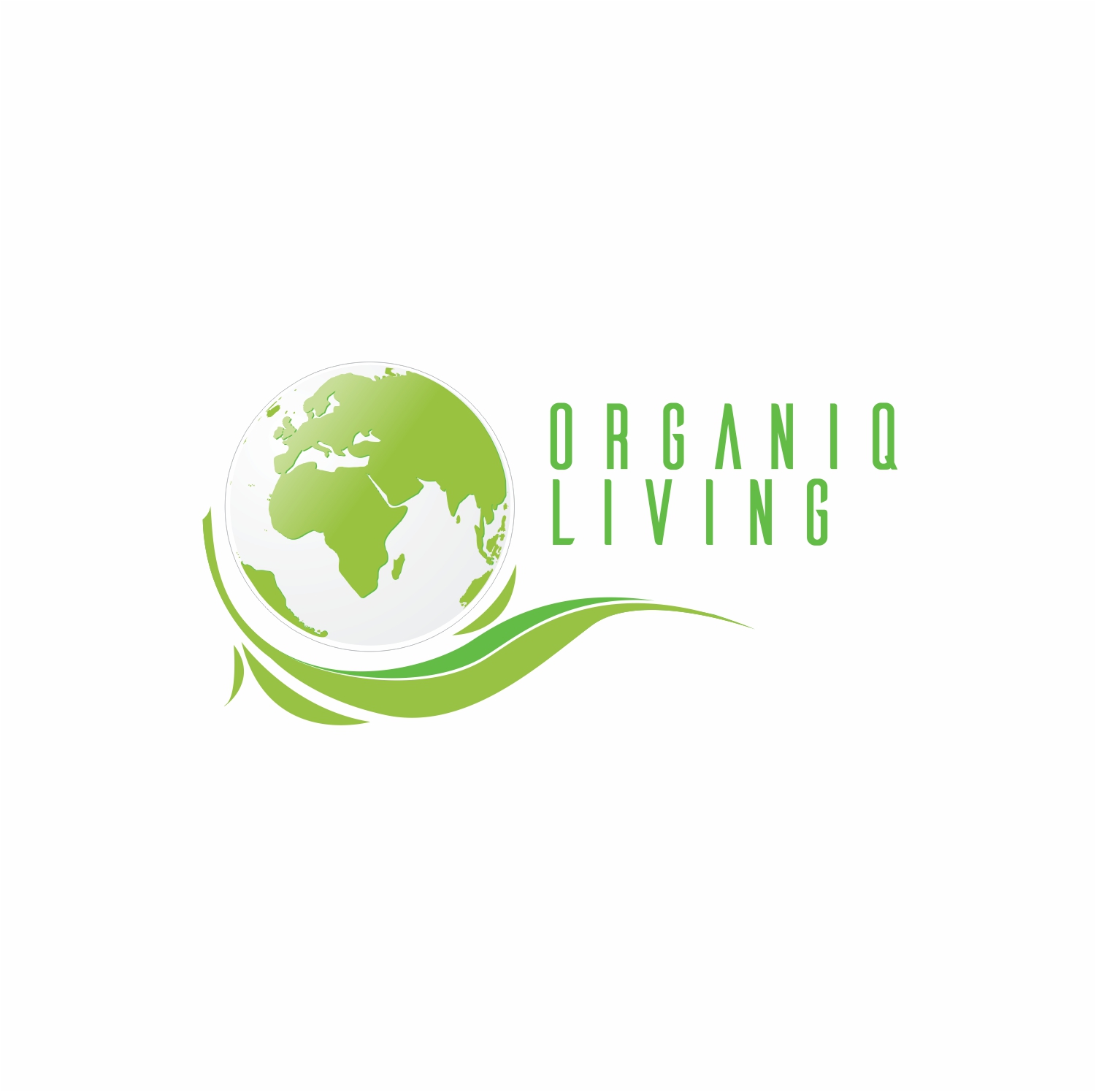Origin of Paper, Recycled Paper and it's Value
- Pooja

- Sep 9, 2020
- 2 min read
"Only on paper has humanity yet achieved glory, beauty, truth, knowledge, virtue, and abiding love."
Paper was originally created in China over 2000 years ago using hemp. The introduction of paper was revolutionary and a welcome discovery. The secrets of paper were not hidden for long and soon Europe also learned the process of paper making with the help of Arab Traders.

The Oldest surviving trace of papyrus (paper) comes from 3000 BC Egypt.
Paper continued to shine and rule the world till Japan introduced something even more revolutionary. The concept of recycling the paper was 1st recorded in 1031 in Japan.
The first recorded Recycled Paper was used as a Newspaper. It was a remarkable step to control the cutting of trees for the purpose of making the paper.

Fact: A single paper can be recycled 5 times.
The process of making Recycled Paper is not difficult but is extremely long and time consuming. It requires skills and patience. Recycled Paper can be made in a Paper Mill or in Small Business Setups where artisans make Handmade recycled paper.
The finishing of both is very different. While the Paper Mill will produce an absolute clean, grain free paper; the Small Businesses will have a naturally textured and thick paper.
The reason mainly lies in the process of making the Recycled Paper. Majority of the steps are quite similar, the difference comes in the usage of chemicals. While the Paper Mills use strong chemicals to bleach and clean the paper; a Small Set up will stick to using natural bleach and natural dyes for the colors on the paper.
Benefits of Handmade & Recycled Paper
Recycled Handmade Paper is traditionally made using various vegetable fibers, cotton rags and recycled paper. These fibers are obtained from variety of plant species. Each fiber has its own physical properties and lends a peculiar characteristic to the paper.
Handmade paper is excellent for writing as well as printing. It has greater tensile, bursting, tearing and double-fold strength compared to conventional paper.
Benefits:
Conserves Natural Resources
Keeps Landfill Space Free
Reduces CO2 emissions by 20% in comparison with incinerating the paper.
40% Less Greenhouse Gas Emissions
Consumes 70% LESS Energy & Water in the manufacturing process
Using Recycled Paper is good for your brand as it demonstrates your commitment towards a healthier environment
Scientifically endorsed by United Nations Environment Program, WWF and Greenpeace
These images show the process of coloring the paper pulp and arranging it on a wooden frame to create a beautiful handmade paper.
Follow us and subscribe for Newsletter
Thank you for reading and sharing!








Comments